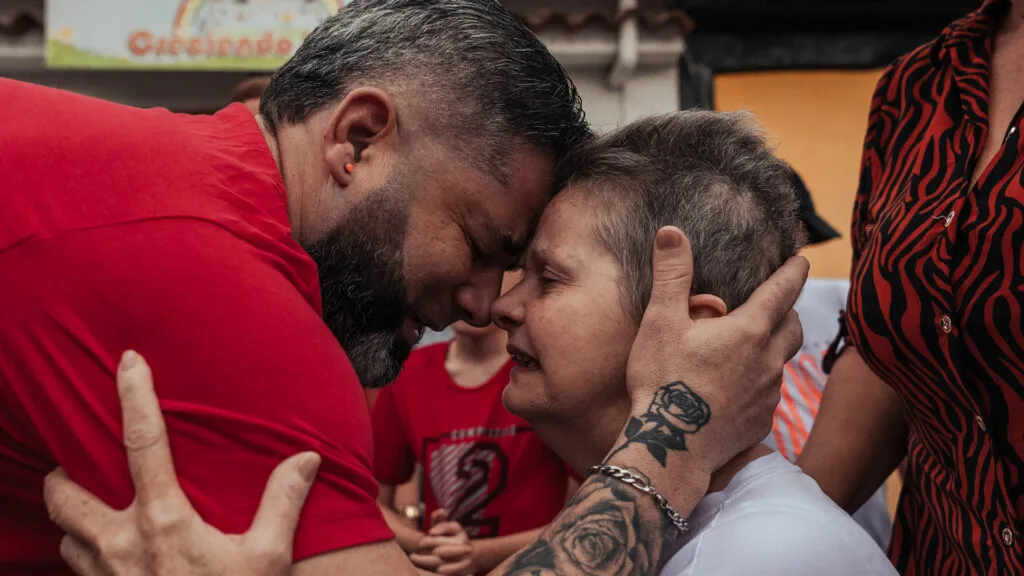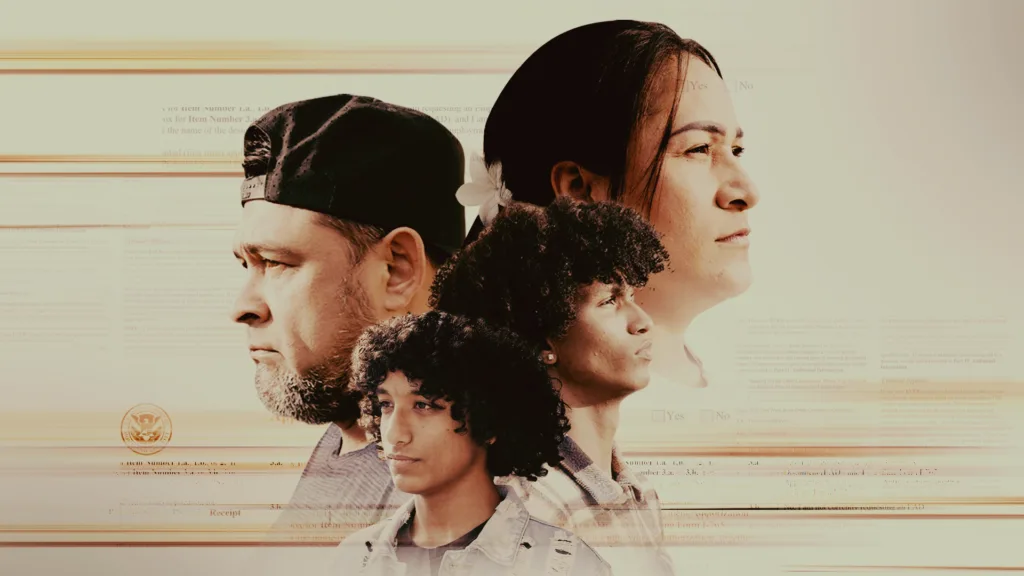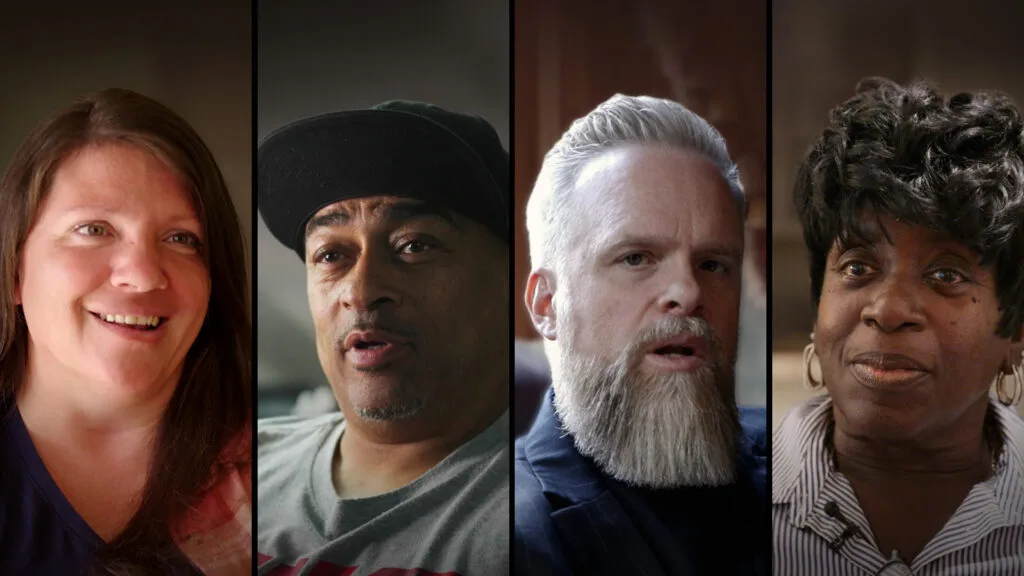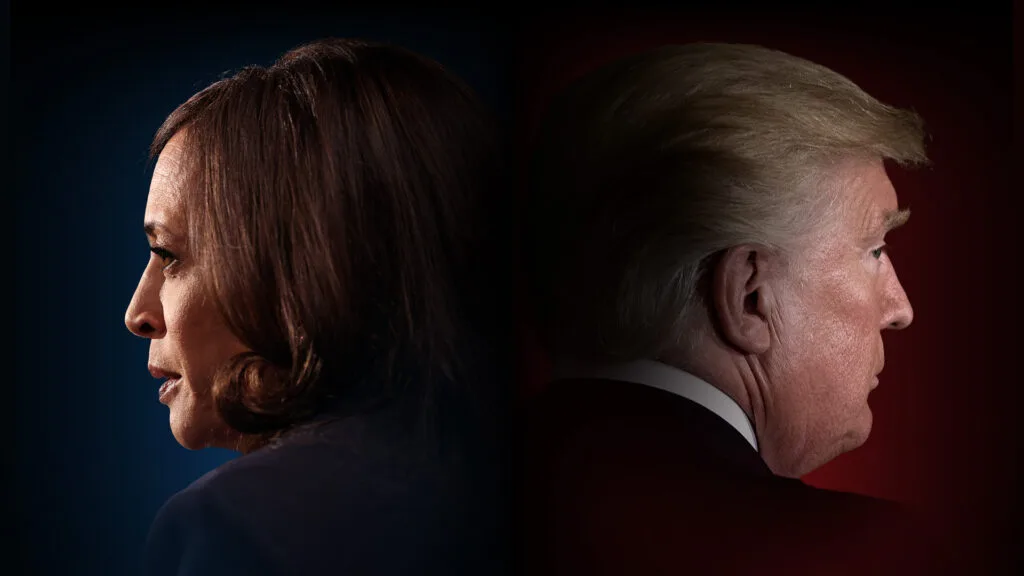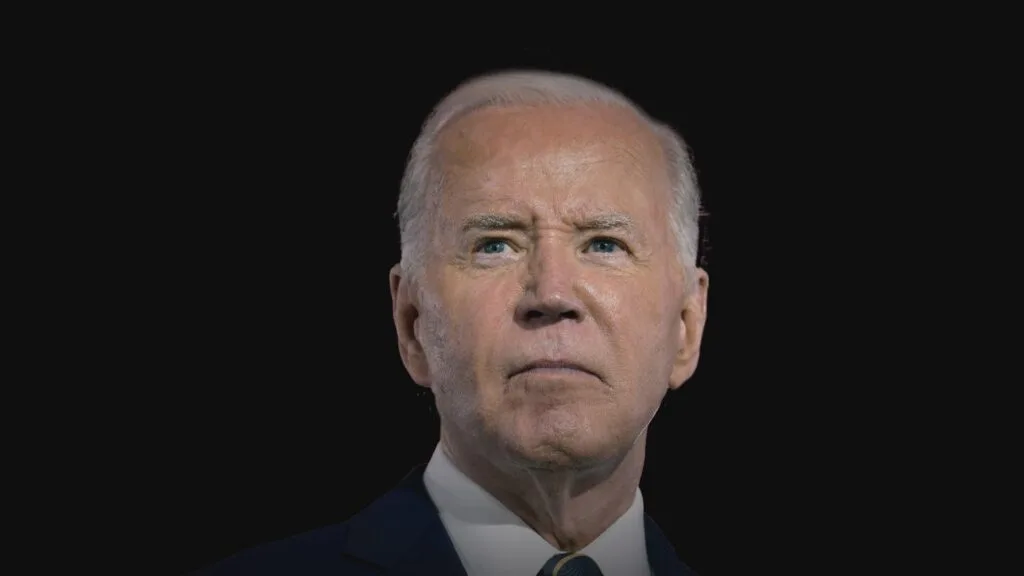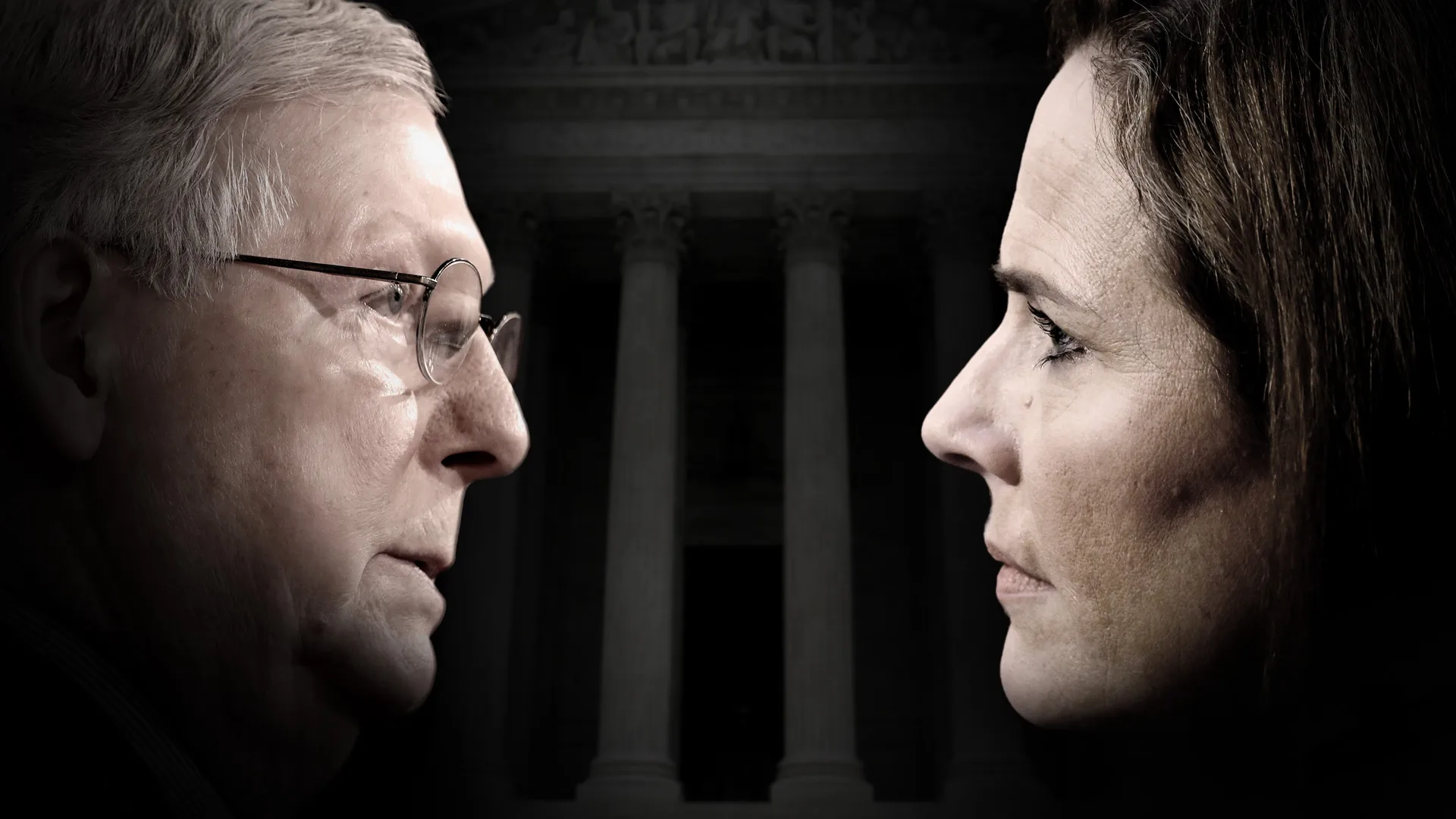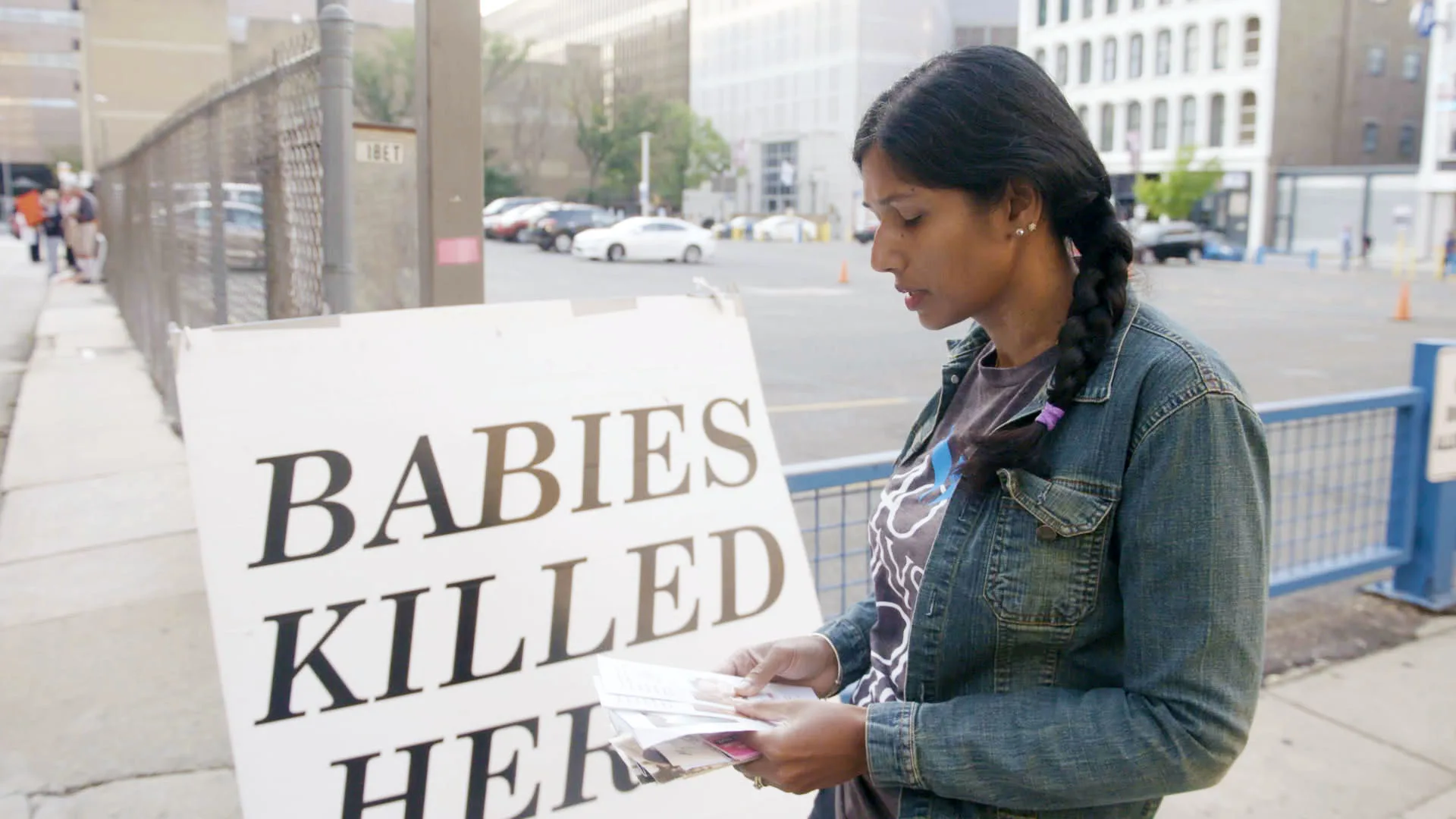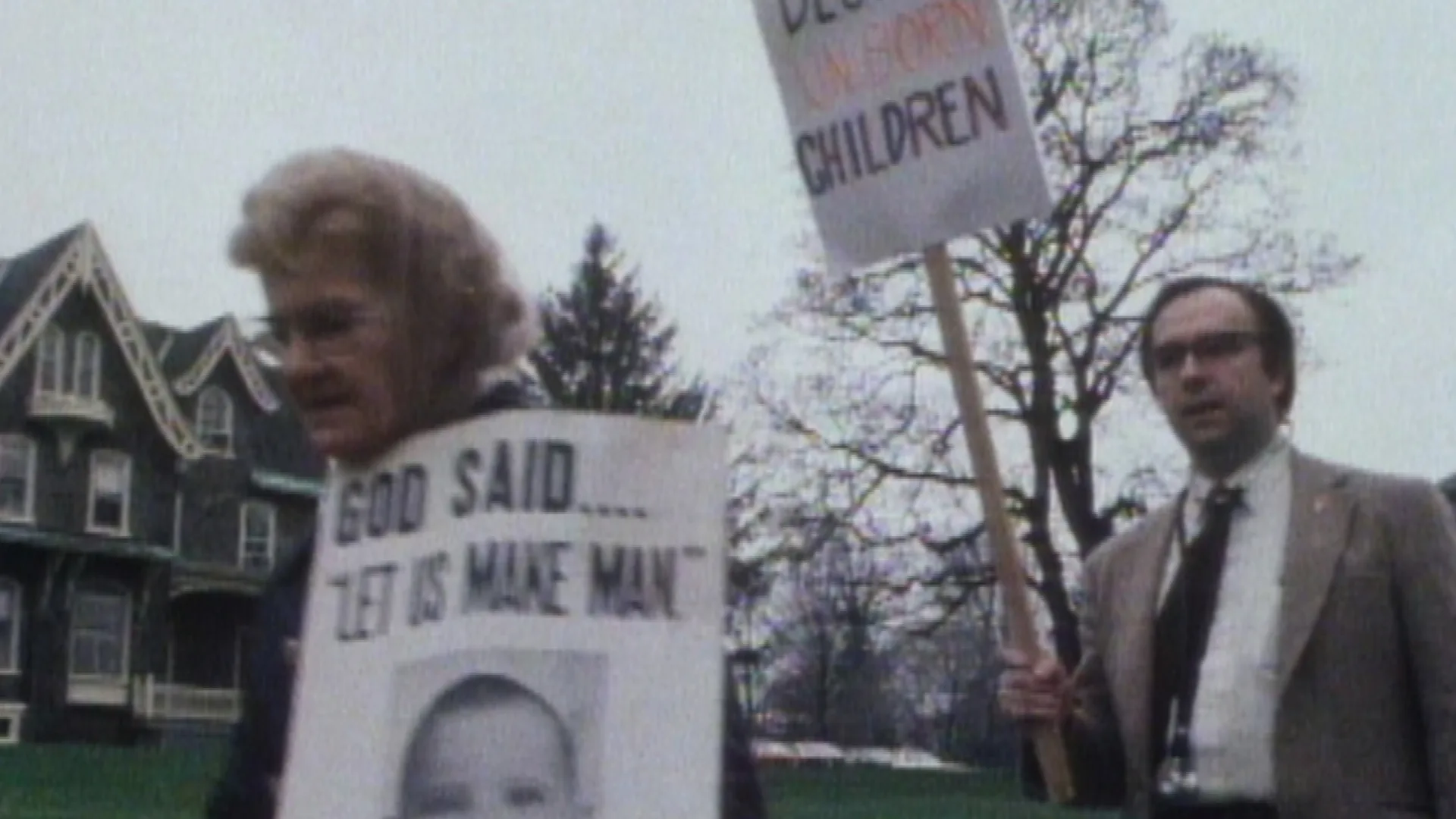The Supreme Court Has Overturned ‘Roe v. Wade.’ These Documentaries Show How We Got Here.
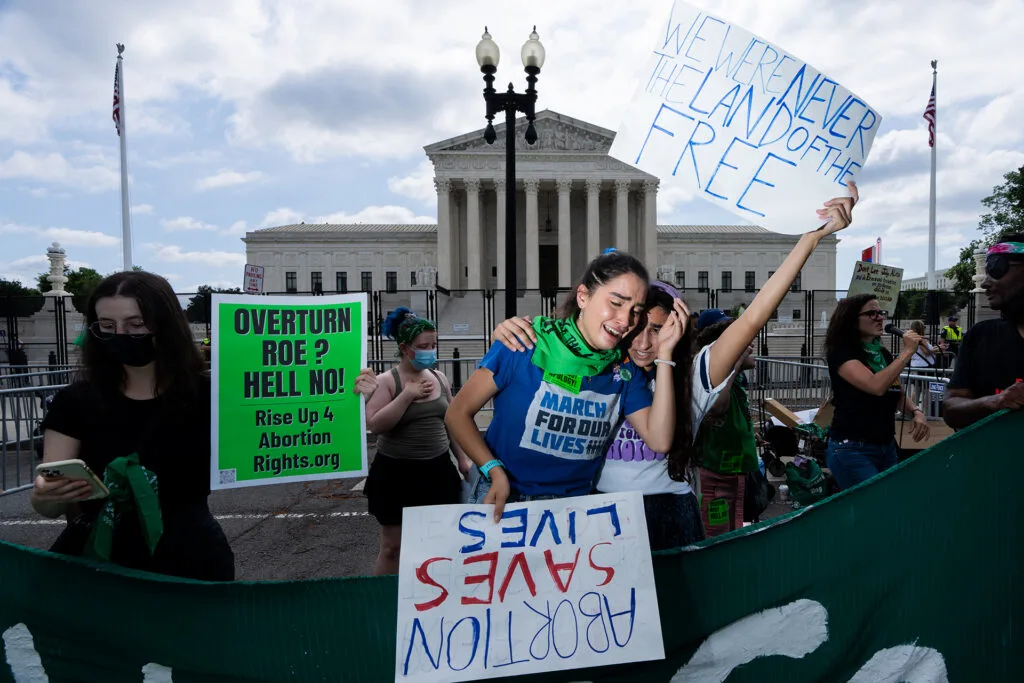
June 24, 2022
Share
Overriding nearly five decades of legal precedent, the U.S. Supreme Court has overturned Roe v. Wade, the landmark 1973 ruling that legalized abortion in the United States. Effective immediately, the court’s June 24, 2022, ruling on the Mississippi-based case Dobbs v. Jackson Women’s Health Organization grants individual states the full authority to regulate or prohibit abortion.
“Roe was egregiously wrong from the start,” Justice Samuel Alito wrote in the majority opinion, which also overruled the 1992 Supreme Court decision Planned Parenthood v. Casey.
“The Constitution makes no reference to abortion, and no such right is implicitly protected by any constitutional provision, including the one on which the defenders of Roe and Casey now chiefly rely — the Due Process Clause of the Fourteenth Amendment,” Alito wrote. “That provision has been held to guarantee some rights that are not mentioned in the Constitution, but any such right must be ‘deeply rooted in this Nation’s history and tradition’ and ‘implicit in the concept of ordered liberty’. … The right to abortion does not fall within this category.”
The final opinion paralleled a draft by Alito that Politico had obtained and published May 2. A court press release confirmed that draft’s authenticity but asserted that it did not represent a final court decision “or the final position of any member on the issues in the case.” Chief Justice John Roberts requested an investigation into the leak, which he called a “singular and egregious” breach of trust.
While Roberts ultimately voted with the 6-3 majority and concurred with the court’s judgment on the abortion restriction at the center of Dobbs, he wrote in a separate opinion that it was “unnecessary” to “also take the dramatic step of altogether eliminating the abortion right first recognized in Roe” and said that the case should have been resolved on “narrower grounds, rather than overruling Roe and Casey entirely.” Justices Clarence Thomas, Neil Gorsuch, Brett Kavanaugh and Amy Coney Barrett also voted with the majority, with Thomas and Kavanaugh filing concurring opinions.
“Whatever the exact scope of the coming laws, one result of today’s decision is certain: the curtailment of women’s rights, and of their status as free and equal citizens,” Justices Stephen Breyer, Sonia Sotomayor and Elena Kagan wrote in a dissent.
Roe v. Wade established that a right to privacy, founded in the 14th Amendment to the U.S. Constitution, was “broad enough to encompass a woman’s decision whether or not to terminate her pregnancy” but that “this right is not unqualified,” according to the court’s majority opinion.
The decision had held that the government could not prohibit abortion in the first trimester of pregnancy; that in the second trimester, states could issue regulations “reasonably related to maternal health”; and that in the final trimester, once a fetus is viable beyond the womb, states could regulate or even prohibit abortion, except in cases “where it is necessary, in appropriate medical judgment, for the preservation of the life or health of the mother.”
In its 1992 Casey decision, the court reaffirmed the central holding of Roe v. Wade but rejected “Roe’s rigid trimester framework.” Casey changed the standard of review for laws regulating abortion, opening the door for increased state regulation, which has mounted in the years since.
The Dobbs decision removes any federal guarantee of abortion access, turning all regulation over to individual states. A recent New York Times analysis found that approximately half of U.S. states were “likely to ban abortion or limit it heavily” in the event of Roe being overturned.
In his June 24 opinion, Alito described abortion as “critically different from any other right that this Court has held to fall within the Fourteenth Amendment’s protection of ‘liberty,'” and wrote that, “Nothing in this opinion should be understood to cast doubt on precedents that do not concern abortion.” But legal experts have said reversing Roe could invite challenges of other privacy-related precedents established by Supreme Court rulings, such as the right to gay marriage and the right to access contraception. In their dissent, Breyer, Sotomayor and Kagan wrote that, if the majority believes its own reasoning, “all rights that have no history stretching back to the mid-19th century are insecure.”
“And no one should be confident that this majority is done with its work,” they wrote. “The right Roe and Casey recognized does not stand alone. To the contrary, the Court has linked it for decades to other settled freedoms involving bodily integrity, familial relationships, and procreation.”
In his concurring opinion, Thomas wrote that the court should reconsider all “substantive due process precedents,” including decisions that established the rights to contraception, same-sex intimacy and gay marriage.
The Dobbs decision, a major victory for abortion opponents, follows the decades-long and ultimately successful effort by U.S. Senator Mitch McConnell (R-Ky.) and conservative allies to secure an ideological majority on the Supreme Court, a push chronicled in the 2020 FRONTLINE documentary Supreme Revenge: Battle for the Court.
Since its first season in 1983, FRONTLINE has been covering the battle over abortion at both the national and state levels. In documentaries and related reporting, we’ve tracked developments related to this contentious issue — including, in recent years, the Mississippi law at the center of the Dobbs decision and the ways states have prepared for a potential post-Roe v. Wade world.
Revisit the documentaries below to understand how America reached this moment.
Abortion Clinic (1983)
A decade after Roe v. Wade, FRONTLINE visited an abortion clinic in Pennsylvania, covering the conflict over reproductive rights like never before on American television. The documentary featured the perspectives of women with unplanned pregnancies, as well as people who worked inside the clinic and members of the community who protested outside.
Murder on Abortion Row (1996)
In 1994, John Salvi, a radical young abortion opponent, opened fire on two clinics in Brookline, Massachusetts, just outside Boston, and killed two women: Shannon Lowney, a receptionist at Planned Parenthood, and Lee Ann Nichols, who worked as a receptionist at PreTerm, the clinic down the street. The documentary explores how the killings ignited a fierce debate about the intersection of free speech, abortion and religion and contributed to a Massachusetts law allowing a 35-foot buffer zone around abortion clinics that would be struck down by the U.S. Supreme Court in 2014.
The Last Abortion Clinic (2005)
Several decades after Roe v. Wade, the anti-abortion movement had successfully spearheaded campaigns in multiple states, passing laws that limited access to abortion — including in Mississippi, where a single facility performing abortions remained.
The 2005 documentary traced those state laws back to how anti-abortion advocates had seized on Planned Parenthood v. Casey — the Supreme Court decision that upheld Roe v. Wade but changed the standard by which abortion laws were judged. Casey allowed states to restrict access, so long as they did not place an “undue burden” on women seeking the procedure.
The film tracked abortion opponents’ actions: lobbying state legislatures, looking to see where courts drew the line on what constituted an undue burden, then seeking to incrementally restrict abortion access within those evolving parameters.
Anti-Abortion Crusaders: Inside the African-American Abortion Battle (2017)
In this short documentary, FRONTLINE followed a group of African American anti-abortion activists and their work inside the Black community. The centerpiece of their message: “The most dangerous place for an African American child is in the womb.”
The Abortion Divide (2019)
Thirty-six years after FRONTLINE released 1983’s Abortion Clinic, the documentary’s producer returned to Pennsylvania to find a community more bitterly divided than ever. With intimate access, The Abortion Divide featured interviews with women with unplanned pregnancies, doctors and nurses who provided abortions, and those who counseled women against the procedure.
The documentary also reported on the increase in clinic invasions and threats. And in addition to offering a deeply personal window into choices the women faced in unplanned pregnancies, the film examined the steadfast belief of the anti-abortion community that there should be no choice at all.
Supreme Revenge: Battle for the Court (2020)
With the confirmation of Justice Amy Coney Barrett days before the 2020 presidential election, conservatives secured a 6-3 majority on the Supreme Court — and the chance to shape American life and policy, including abortion access, for a generation. This documentary, accompanied by dozens of in-depth interviews published as part of the FRONTLINE Transparency Project, examined then-Senate Majority Leader Mitch McConnell’s decades-long campaign to transform the nation’s highest court and its profound implications.
This story has been updated.

Related Documentaries
Latest Documentaries
Related Stories
Related Stories
Explore
Policies
Teacher Center
Funding for FRONTLINE is provided through the support of PBS viewers and by the Corporation for Public Broadcasting, with major support from Ford Foundation. Additional funding is provided the Abrams Foundation, Park Foundation, John D. and Catherine T. MacArthur Foundation, Heising-Simons Foundation, and the FRONTLINE Trust, with major support from Jon and Jo Ann Hagler on behalf of the Jon L. Hagler Foundation, and additional support from Koo and Patricia Yuen. FRONTLINE is a registered trademark of WGBH Educational Foundation. Web Site Copyright ©1995-2025 WGBH Educational Foundation. PBS is a 501(c)(3) not-for-profit organization.
